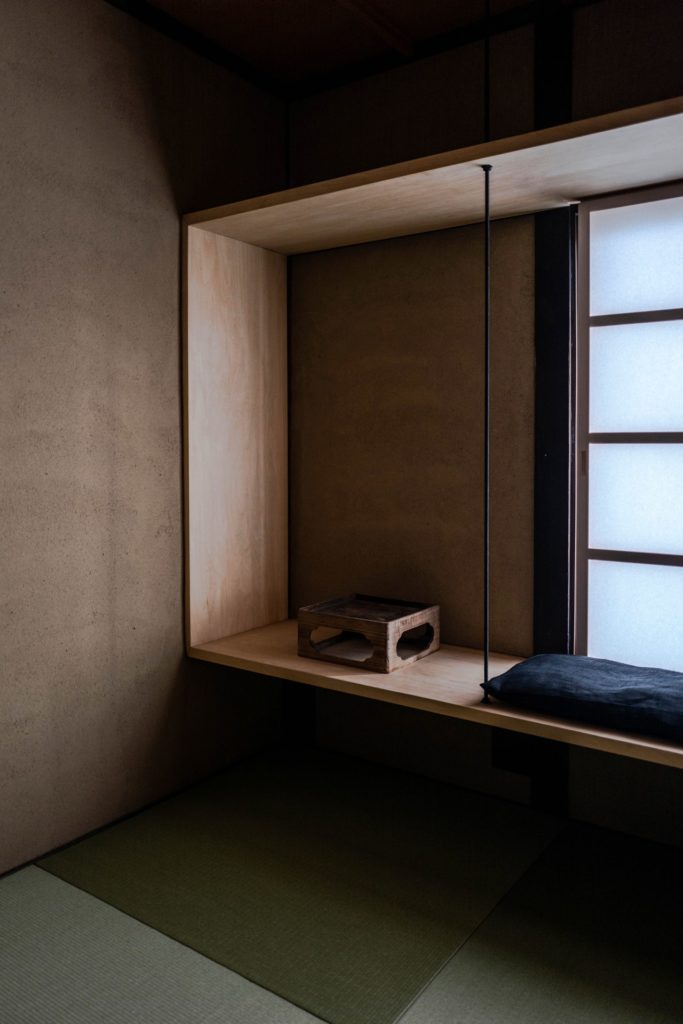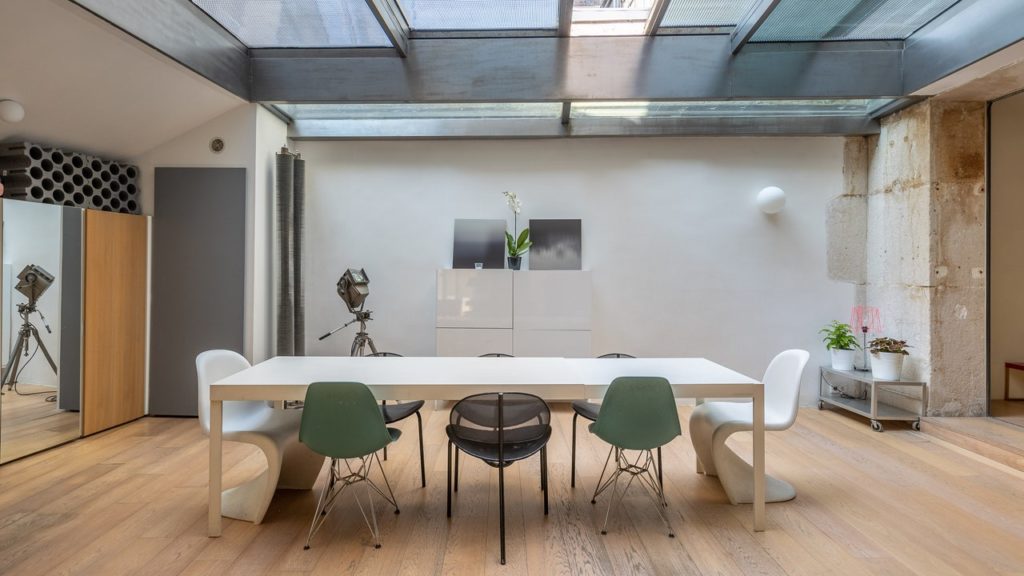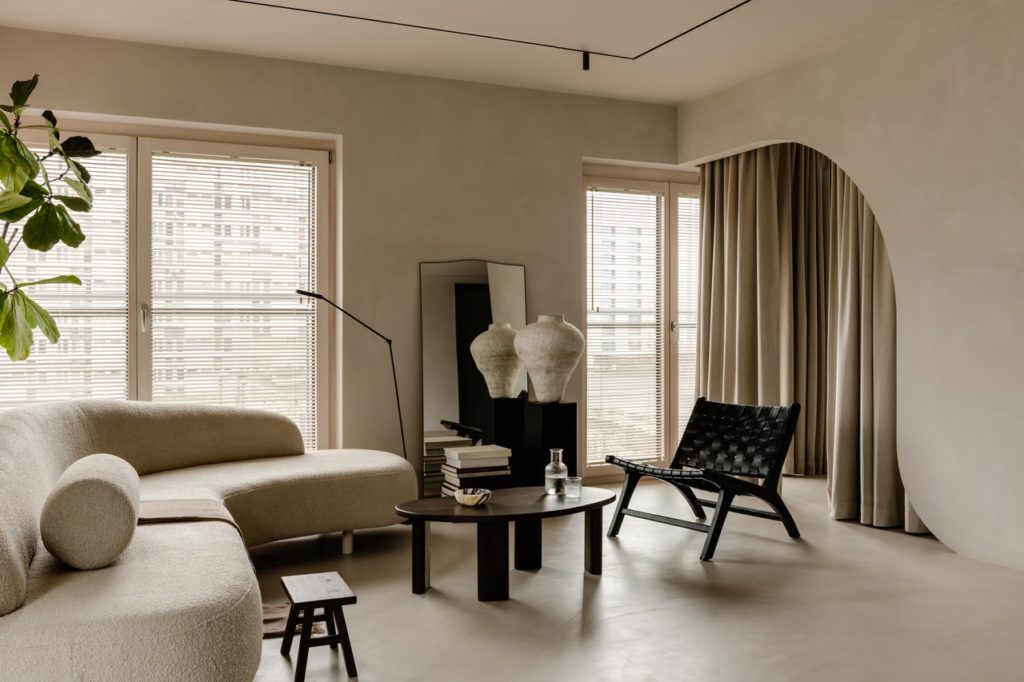The Maana Kamo guest house in Kyoto seems to scrupulously obey this principle: once past the entrance, you enter a living room with dark woodwork and tatami floors which plunges the visitor into a soothing darkness. Behind a shôji (traditional sliding washi paper partition), a stone bathtub lit by a paper lantern overlooks a small open-air garden. An oasis of tranquility reminiscent of onsen, just a stone’s throw from a bustling street in the ancient imperial city. At the origin of Maana Kamo, there are Hana Tsukamoto and Irene Chang, two entrepreneurs. “When we discovered the house, it was in a catastrophic state,” says Hana Tsukamoto. Alongside architect Uoya Shigenori, the two childhood friends set out to give new life to this century-old building. To restore its architectural integrity, it was necessary to tear out the worn vinyl wallpaper, paneling and parquet floors. “The house was quite dark,” remembers Irene Chang. Instead of going to great lengths to try to bring light in, we preferred to experiment with the atmosphere of the place. » Uoya Shigenori integrated dark wood panels and discreet furniture. Rare objects decorate the rooms. Visually, these bare spaces are particularly evocative: the bedroom gives the impression of being in a wooden cocoon, lit by a single skylight in the ceiling.
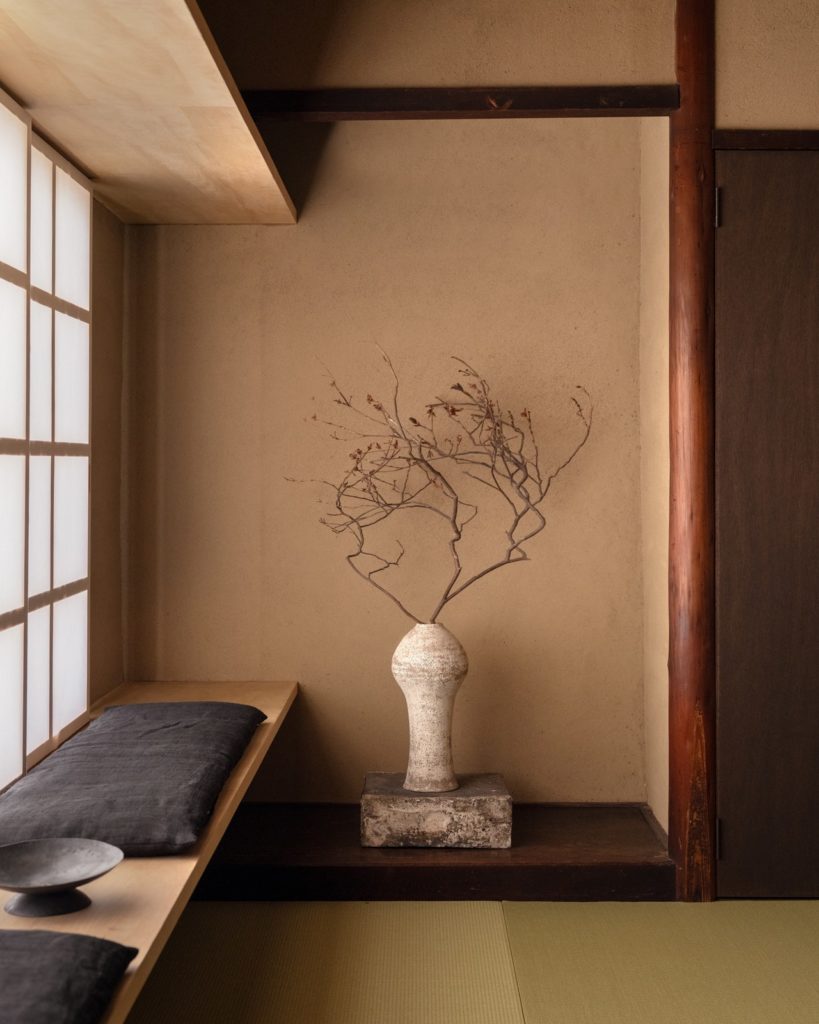
“The beauty of traditional Japanese townhouses lies not in their decoration, but in the elements of their structure,” explains Hana Tsukamoto. The superfluous must disappear, to allow the essential to flourish. Originally, the machiya, these wooden houses in the center of Kyoto, belonged to merchants and artisans, and were located in the quieter neighborhoods of the city – this is the case of Maana Kyoto, the first house of ‘guests opened in 2018 by Chang and Tsukamoto. The building, all in warm mineral colors, exudes something more traditional than Maana Kamo, because its wooden ceilings, window frames and original shôji have been preserved. The living room, which opens onto a small garden, is centered around a custom-made wooden table decorated with low rattan seats. The old kitchen was transformed into a luxury bathroom, with a view of the maple tree in the garden, and the bathtub was made by craftsmen specializing in Shigaraki ceramics.
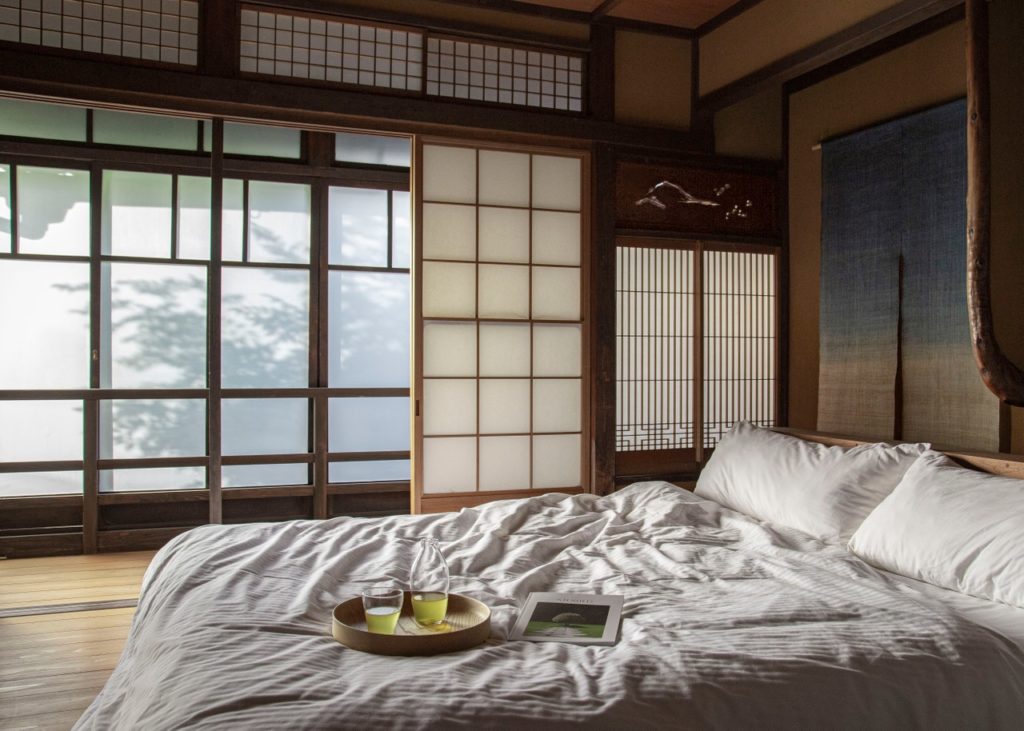
“Wherever possible, we strive to preserve the character of the building,” adds Hana Tsukamoto. With the consequence of creating a contrast, because the machiya which survived the fires, the earthquakes and the wave of recent constructions, are today victims of the luxury hotel industry. Every day, news items are destroyed even though they are classified as historical monuments. In a country where faith in progress often works against the preservation of heritage, fines are anecdotal – even more so in Kyoto, where tourism represents a significant financial windfall. Many Japanese remain indifferent to this phenomenon. “Most of our compatriots consider that modern life is incompatible with machiya”, considered old-fashioned and too cramped, deplores Irene Chang. The two women want to demonstrate the opposite – and offer an alternative halfway between Airbnb and boutique hotels. Check-in is done on a tablet but a concierge remains available 24 hours a day to reserve a restaurant at the last minute, manage the delivery of kaiseki (traditional Japanese meal) or arrange for a masseuse.

The latest machiya from Maana Homes, Maana Kiyomizu, located in the immediate vicinity of the historic Gion district, has its own kissaten – a tea room open all day. Unlike other guest houses, Maana Kiyomizu is not an independent building, but brings together three suites. One of them has a large bathtub with a view of Toyokuni Shrine; the second bedroom is surrounded by a bamboo trellis, usually hidden by a traditional coating. In the third, the walls are covered with washi panels, created by the artist Wataru Hatano. The old wooden benches coexist with chairs by Karimoku Case Study and lighting by Elsa Foulon.

Some of the hand-made objects are available for sale in the adjoining Pieces of Japan studio, which also offers various workshops, open for reservation – to discover, for example, kintsugi, a technique for repairing ceramics using gold lacquer, or sashimono, the subtle art of Japanese carpentry. “The goal is to develop a relationship with the things around us,” concludes Irene Chang. Kyoto is not just about beautiful gardens and pretty temples. Here, we offer our guests a way of life that revolves around the idea of simplicity.»
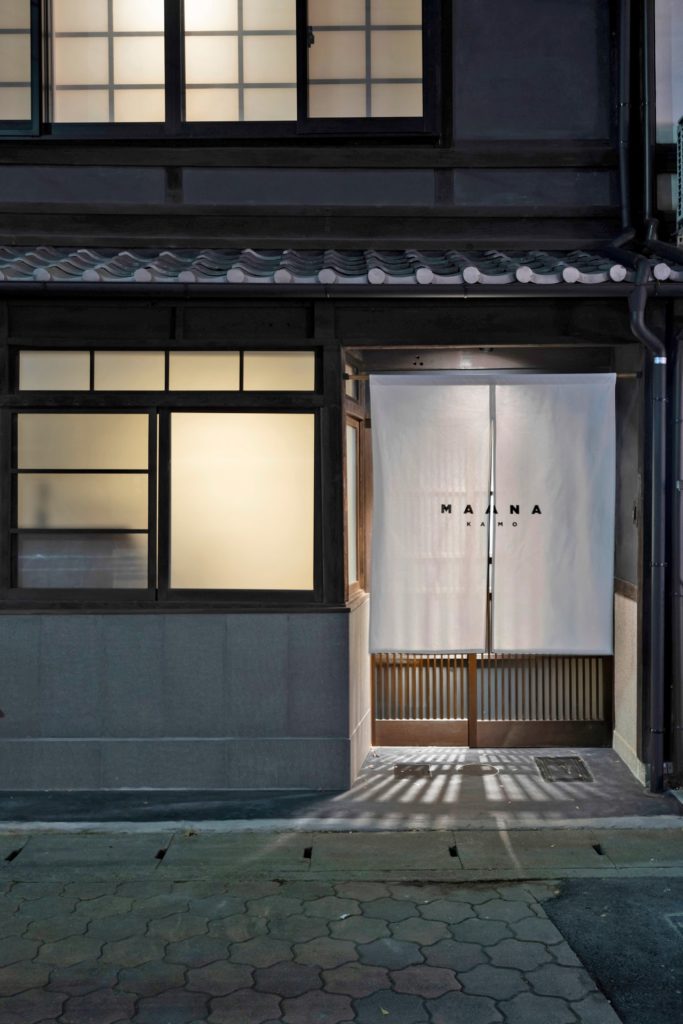
Article originally published on AD France.
